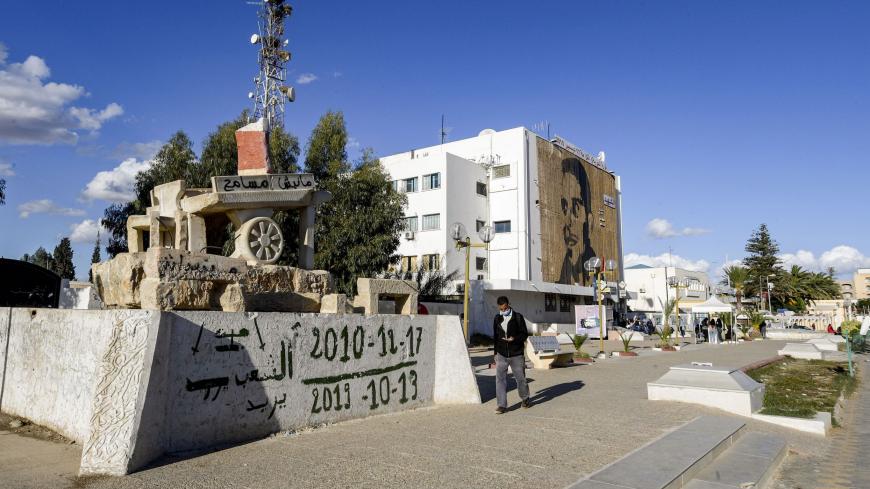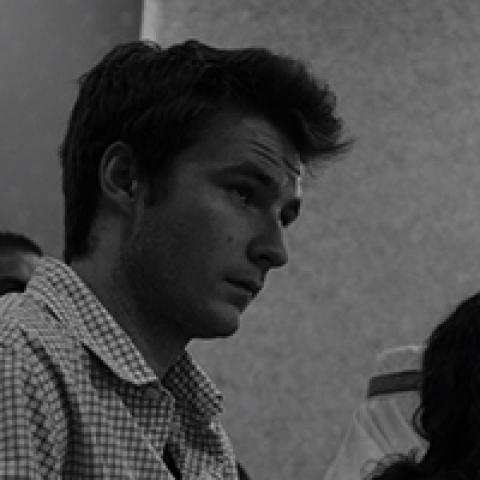SIDI BOUZID, Tunisia — In the heart of Tunisia’s central town of Sidi Bouzid is a statue of a fruit cart towering above the presidential seat of power — a homage to fruit vendor Mohamed Bouazizi’s storied role in setting in motion the country’s 2011 revolution.
The 26-year-old street vendor set himself alight on Dec. 17, 2010, after a dispute with police who confiscated his handcart and produce — his only way to make a modest living for a household of eight. The desperate act of protest ignited a tidal wave of demonstrations in Tunisia that ousted the country’s longtime autocratic ruler and eventually rippled across the region.



